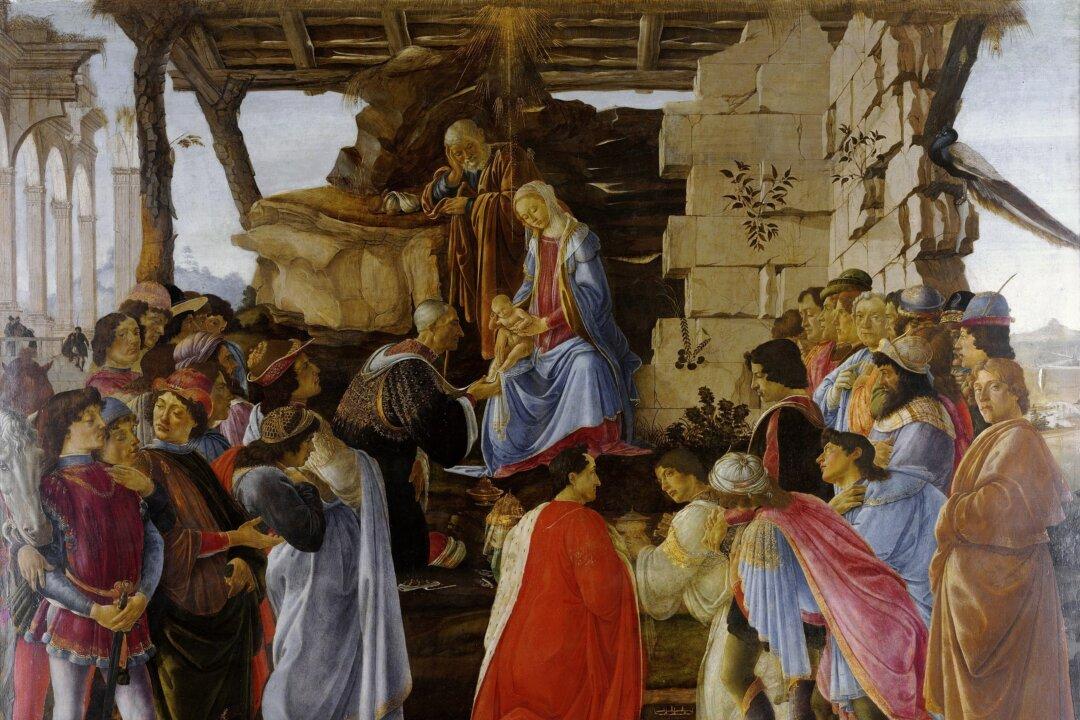Years ago, an artist friend showed me lovely photographs of the Maldives. As we reviewed the serene images of remote seascapes and sky, he lamented the tragedy of global warming. With the highest point on the Maldive islands cresting at six feet above sea level, scientists in the 1980s began prophesying that global warming would soon overcome the islands, causing them to become submerged. The timeline for destruction was set at 20 to 40 years. In response to sinking fears of a paradise lost, my friend had hastened to schedule a luxurious visit.
When I first looked on pictures of those beautiful islands, I was a young woman. Time has passed. My youth has ebbed. I’ve never yet bathed in privilege along those tropical shores. The good news is, there’s still time.





